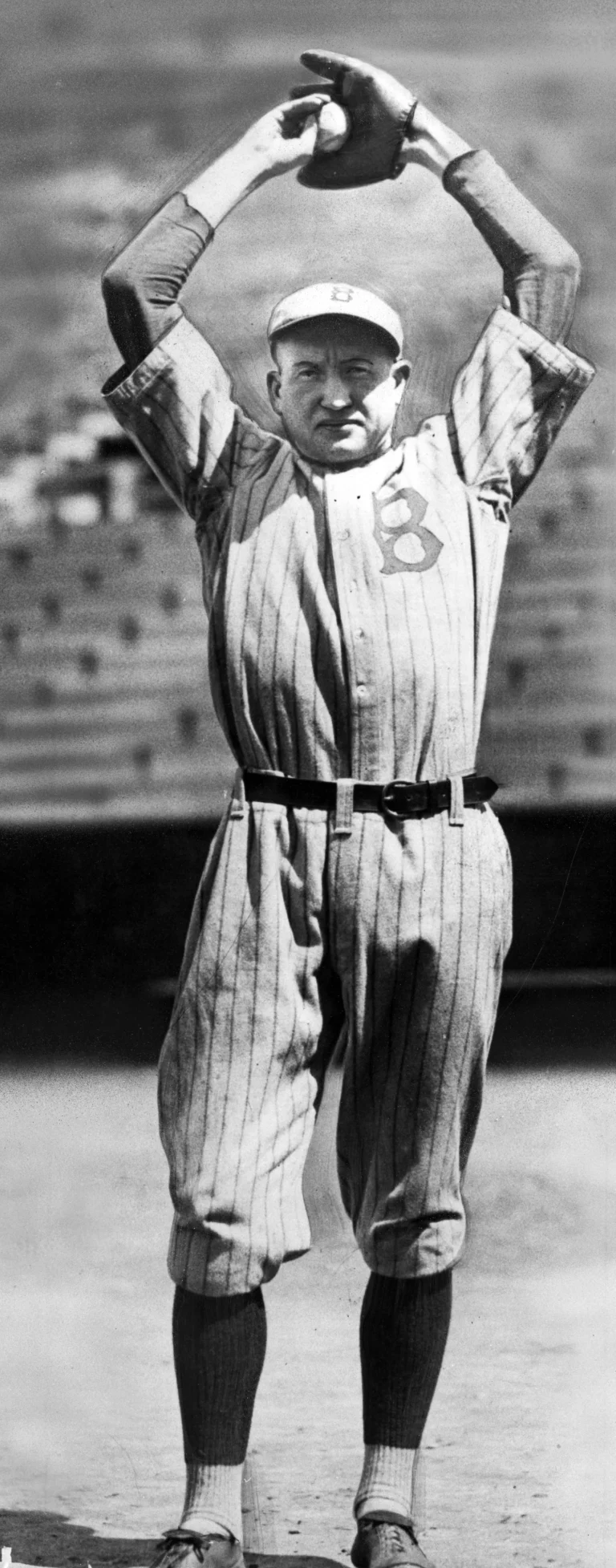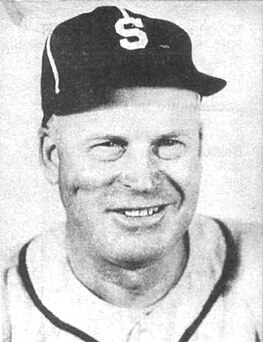WNBA 2025- Picks, Preview, Predictions, Projections and Must See Game
WNBA League Pass will stream over 200 live, out-of-market games for the 2025 season, featuring key match-ups, notable player returns, and on-demand access through the WNBA App and website.
The upcoming season of the Women’s National Basketball Association (WNBA).is its 29th year in existence.


